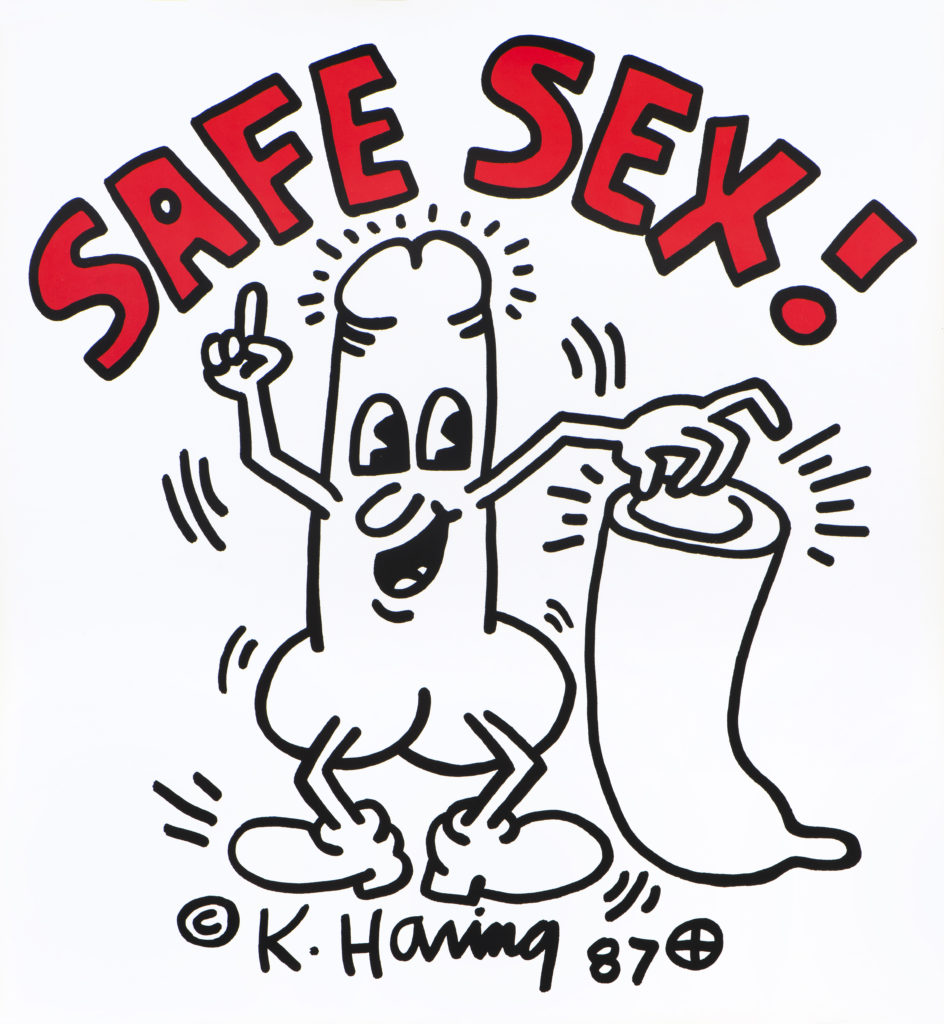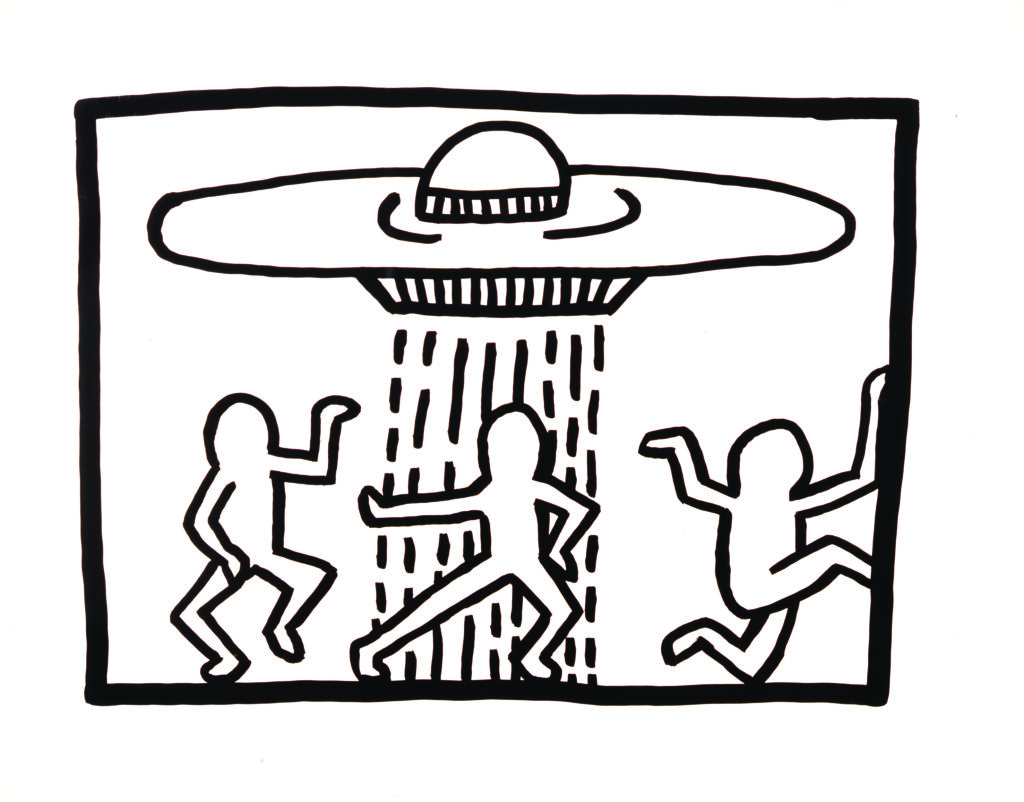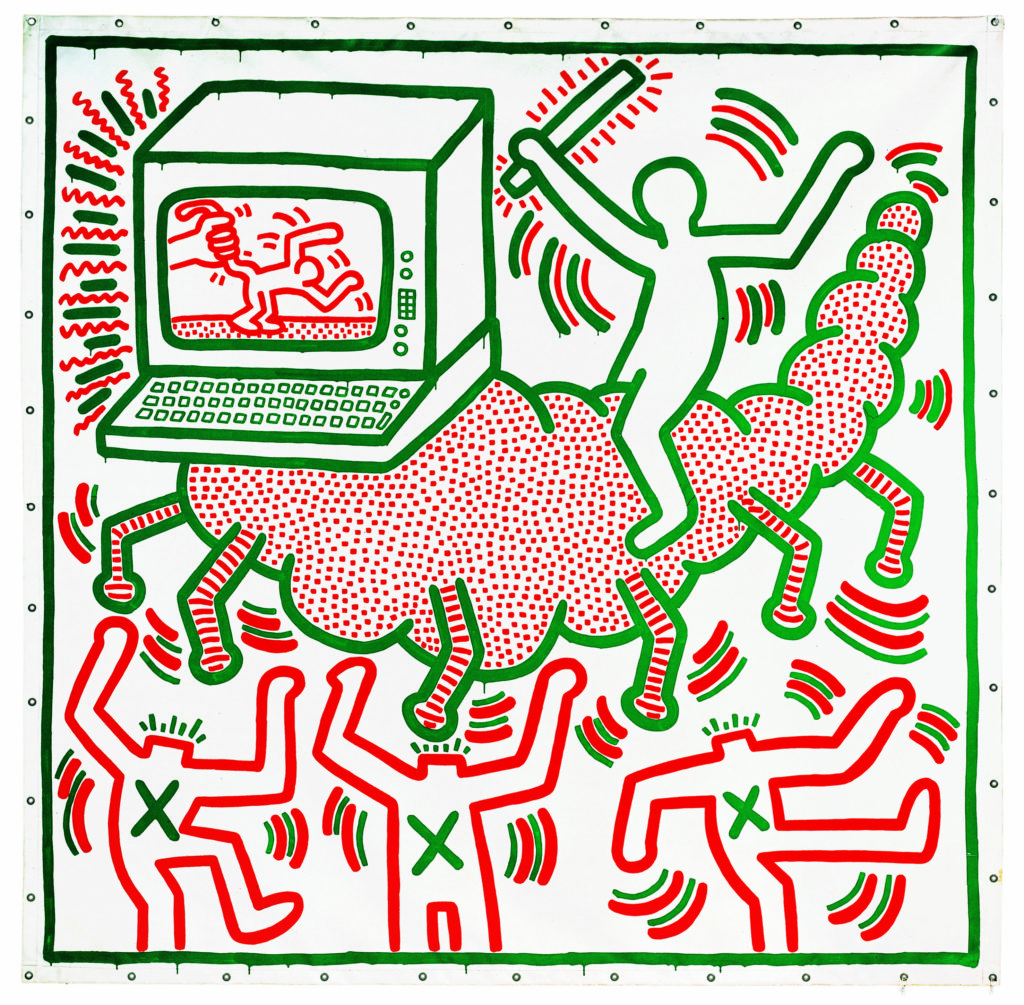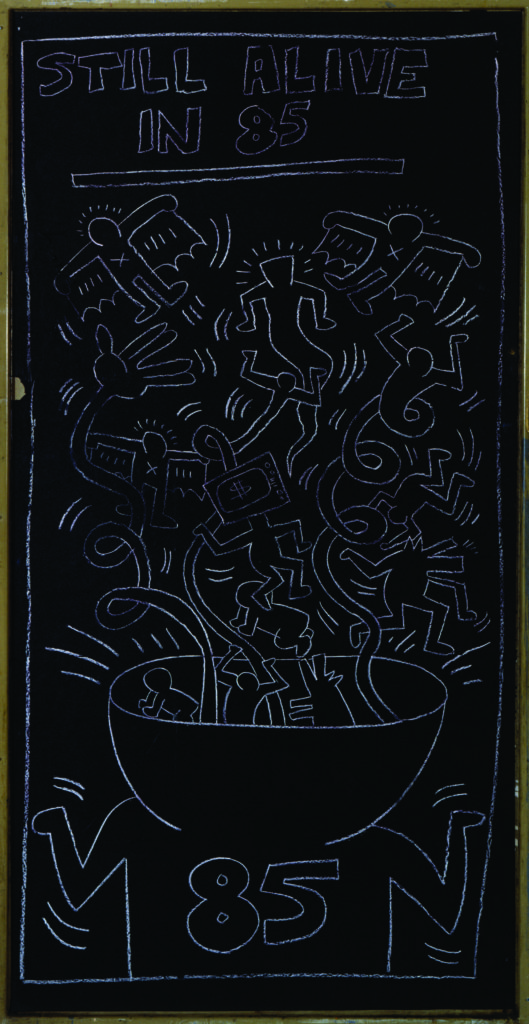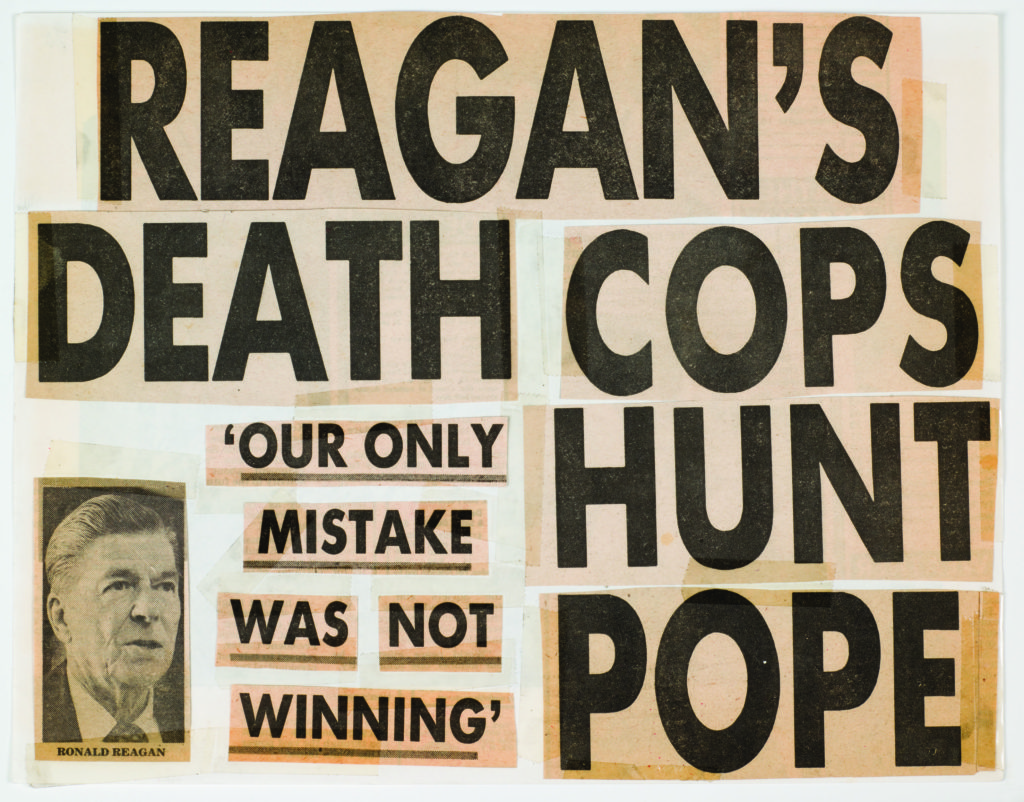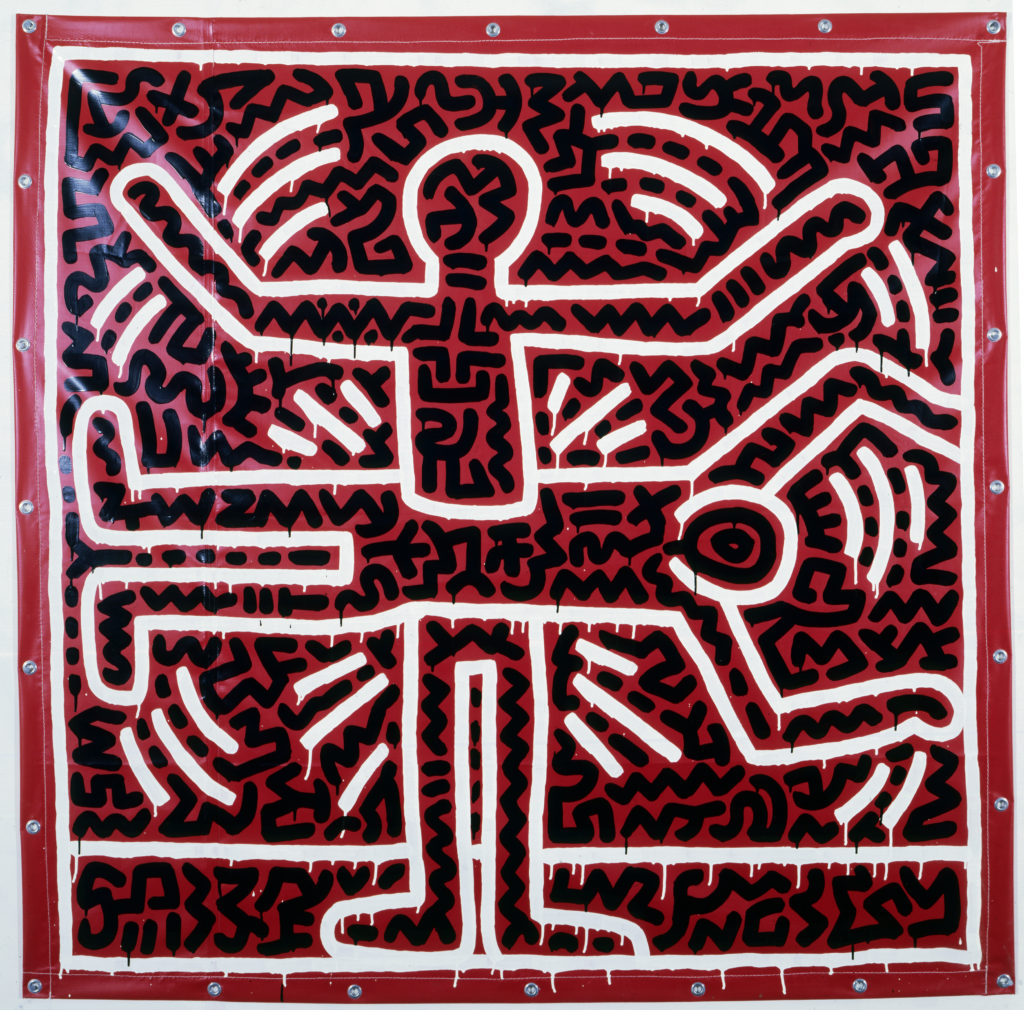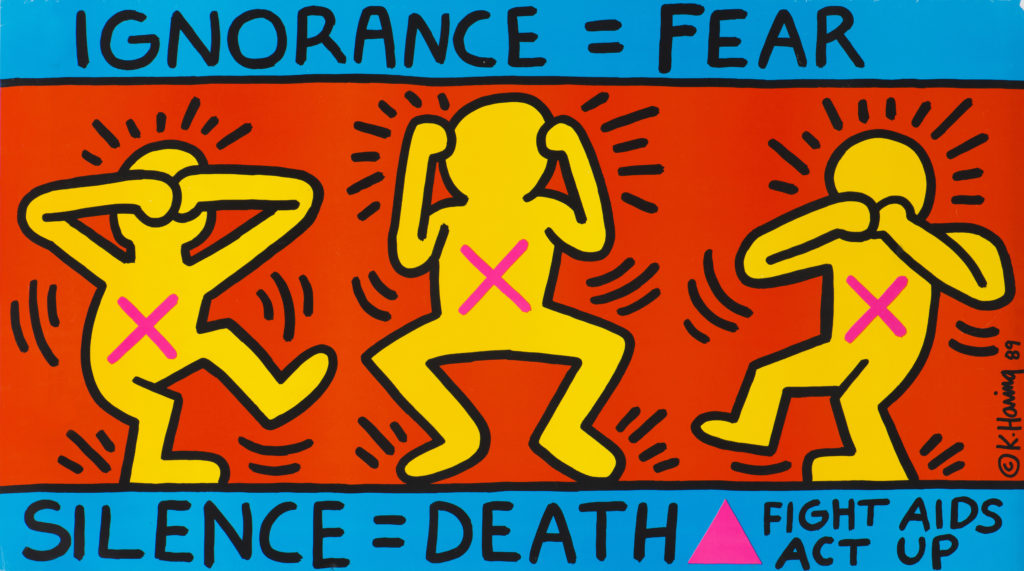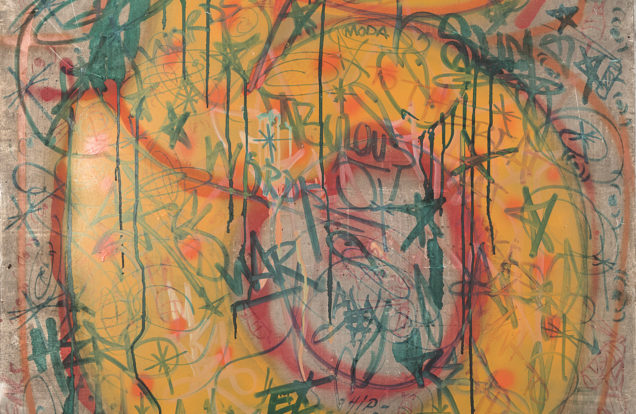Power in the Streets
Keith Haring at Tate Liverpool
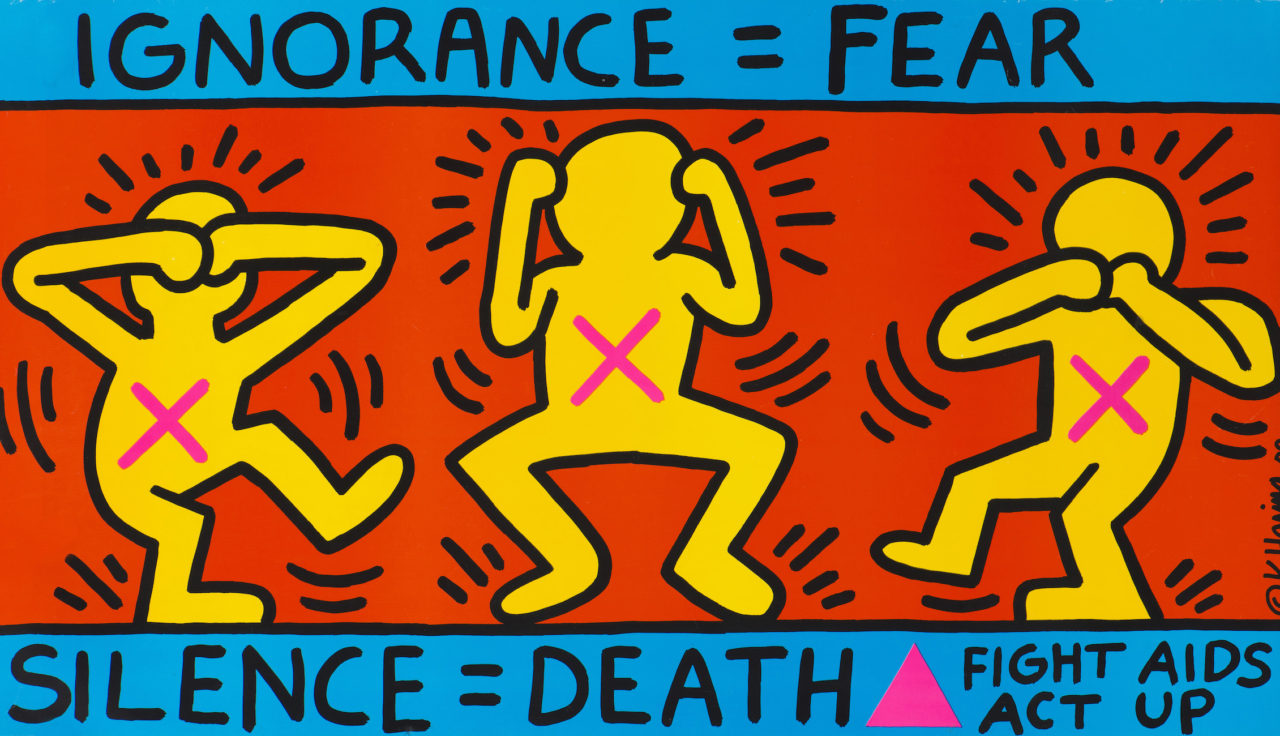
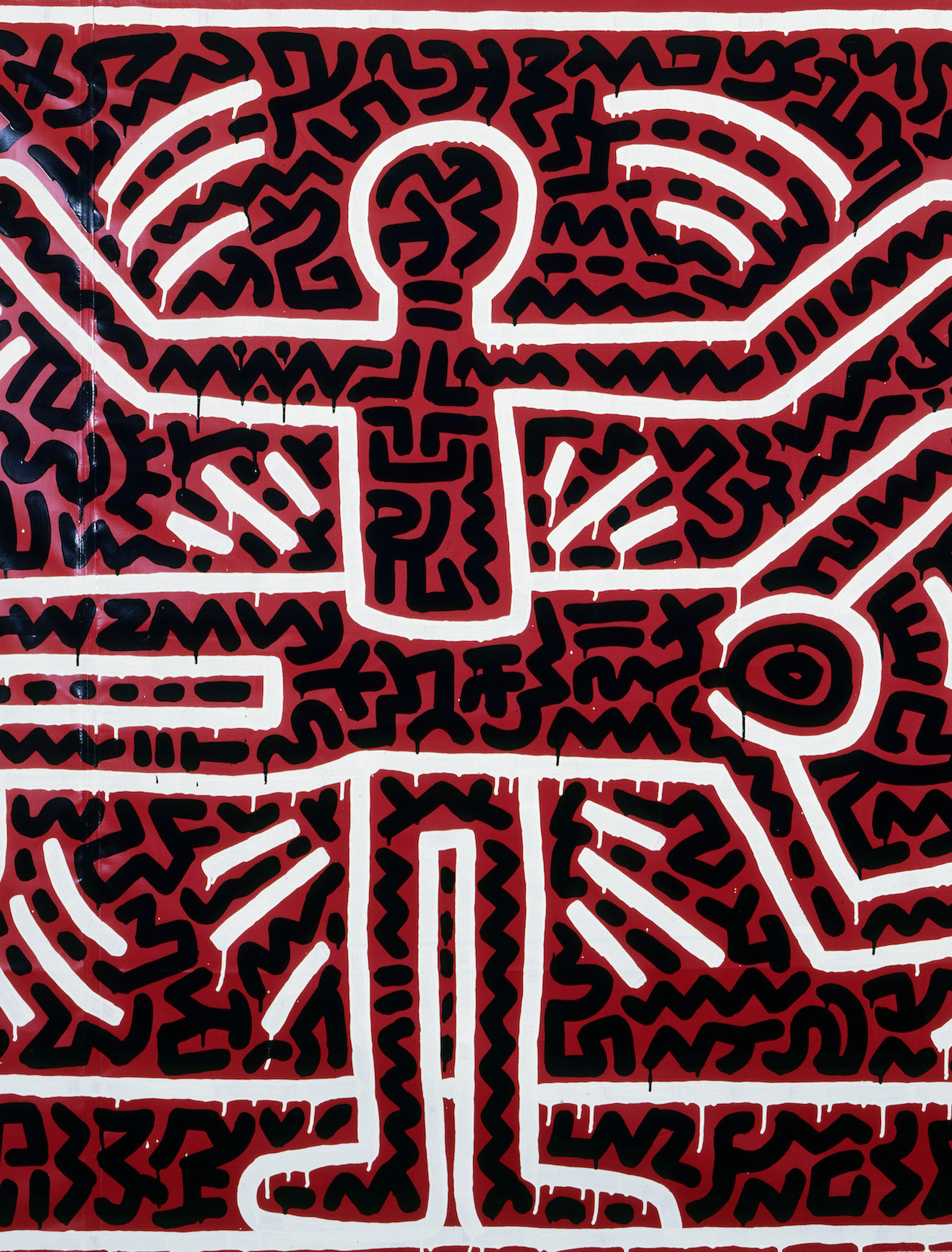
Street art harkens back to a more radical, democratic era in art, but now, it’s absolutely mainstream (sometimes even boring and banal.) However, at Tate Liverpool, one of the great artists who started on the streets is being rightfully celebrated: the legendary Keith Haring. For the first time in the United Kingdom, his energetic, joyful compositions from the 1980s still retain the power and potential of art for the masses.
What is most surprising and lovely about this exhibition is the combination of contemporary relevance and artistic timelessness. Working in New York in the 1980s, Haring was surrounded by the rise of AIDS, the crack epidemic, and the racist, sexist, and homophobic policies of the Reagan administration. Despite all of this, Haring used his extraordinary visual language to create fables and parables and disseminated them via his drawings, paintings, posters, public murals, music, graffiti across the city, and much more. Art wasn’t something that only had resonance in the realms of wealthy museums and chic galleries, it was for everyone, especially the disenfranchised. When considering our current political climate and the ultra-wealthy art world (which is more exclusive than ever,) these works have startling and piercing relevance.
The artistic lineage of Haring’s work is just as compelling. The artist’s human figures are literally iconic: they have been reproduced hundreds of thousands of times. Funnily though, they are quite often unidentifiable. Haring’s figures are almost all sexless, and lacking recognizable ethnicity or race. What Haring succeeded in doing was creating narratives and experiences that are universally relatable. Much like a Giotto or Michelangelo, who taught the masses, Haring presented popular or common stories and lessons. Unlike those artists though, he was not making art for religion or powerful men. Instead, the artist was creating not for himself, but for those around him.

